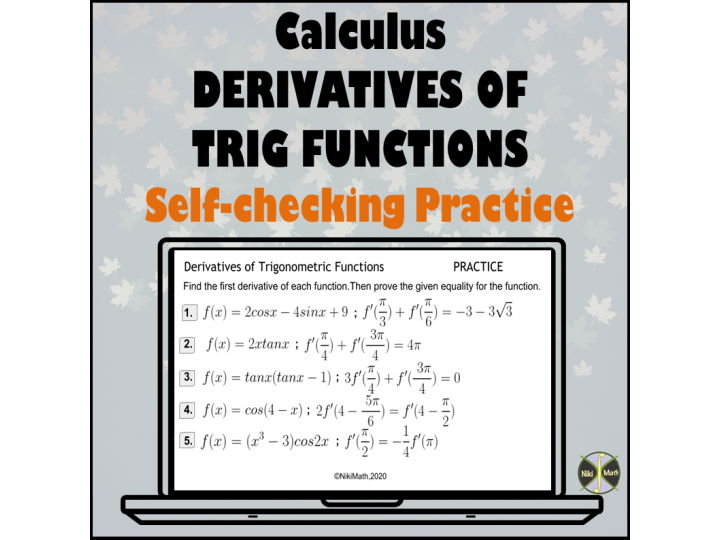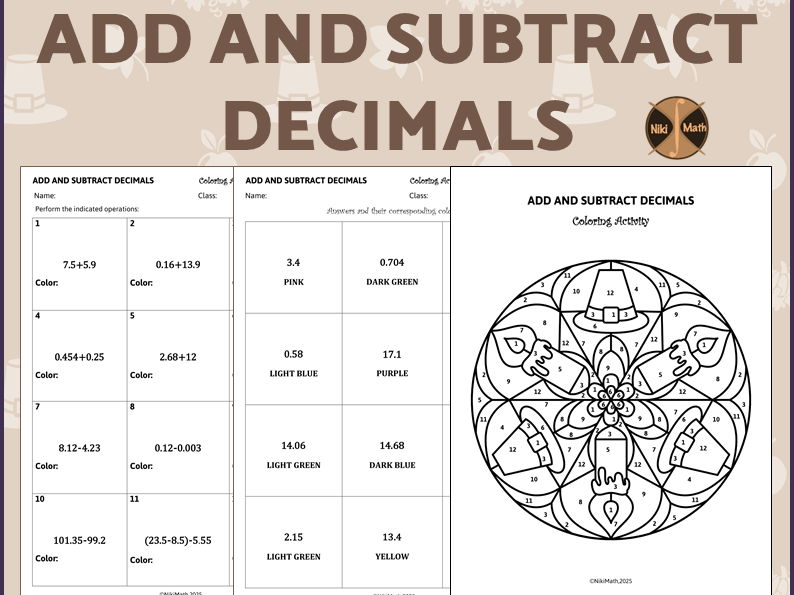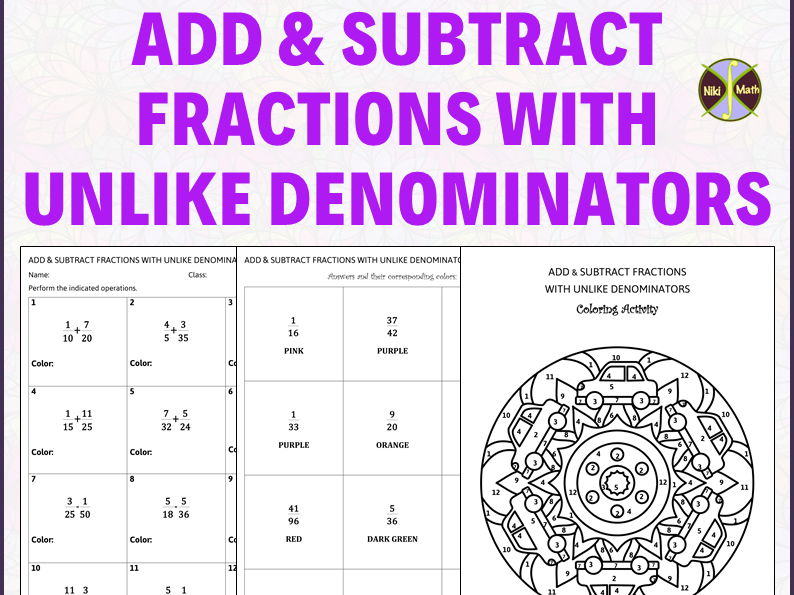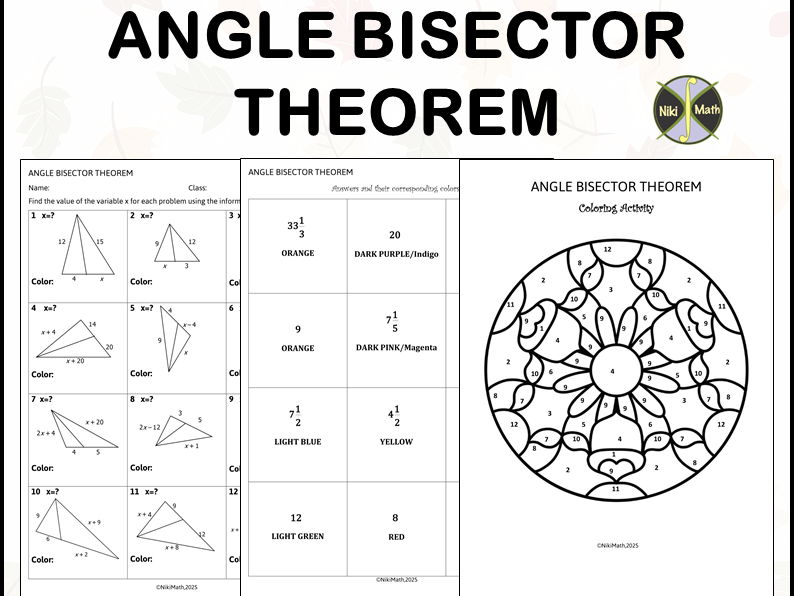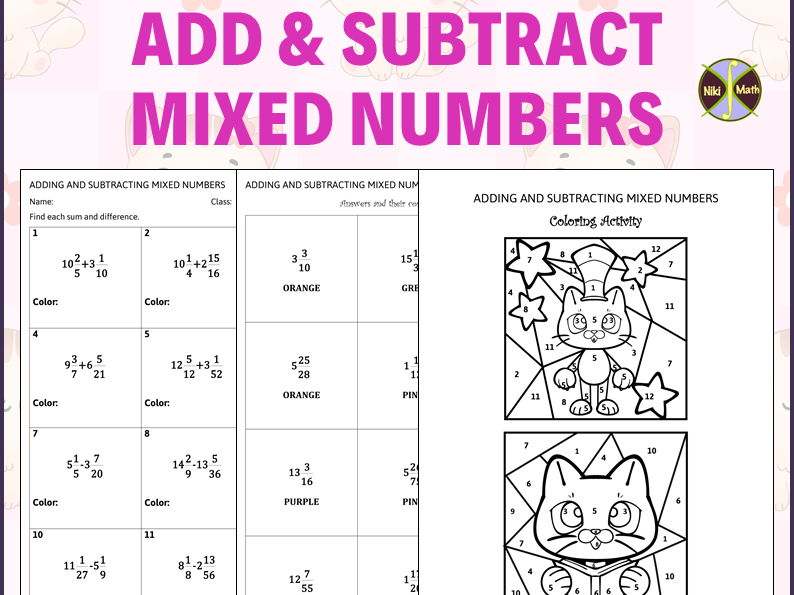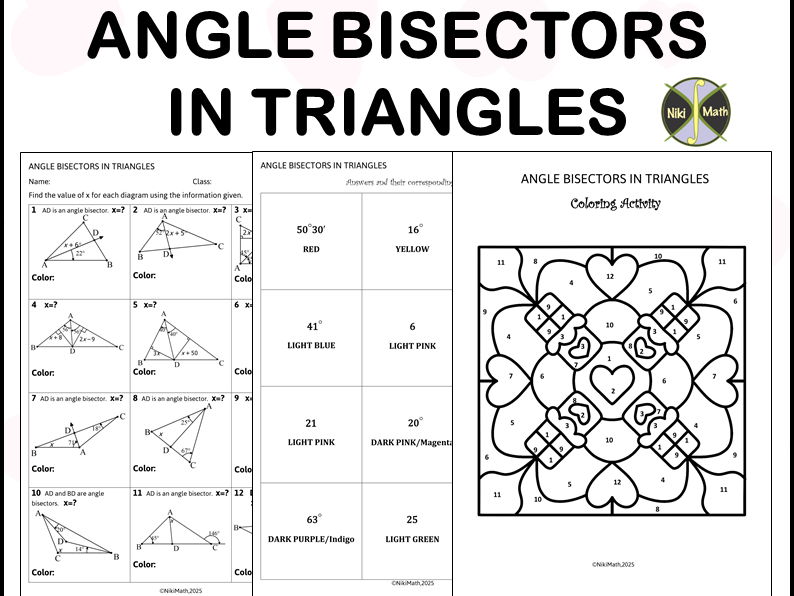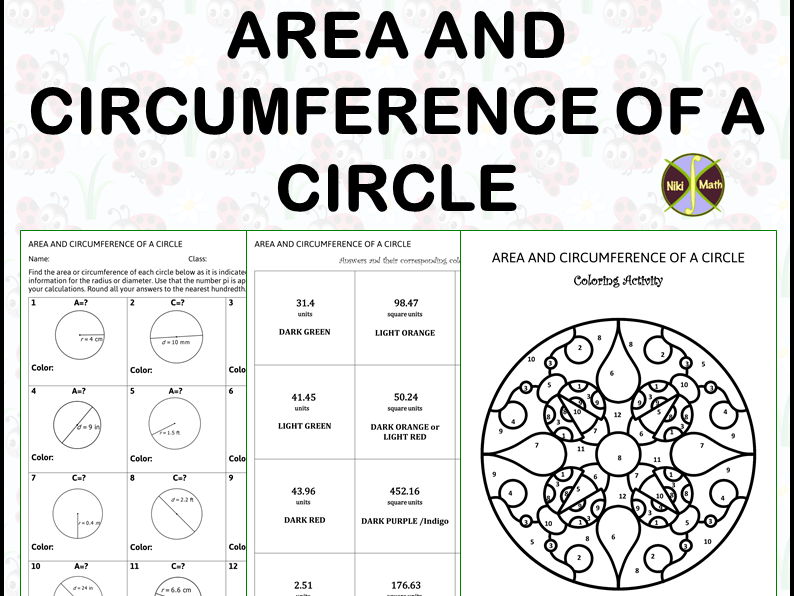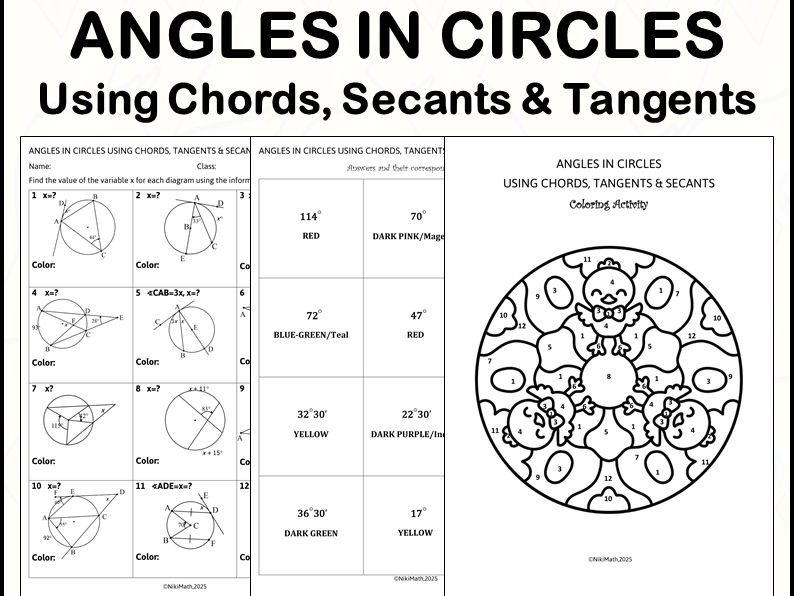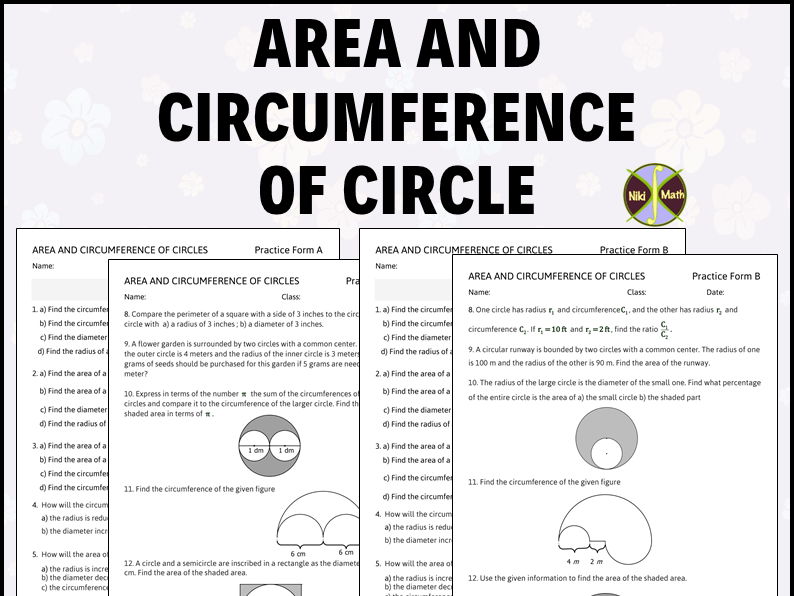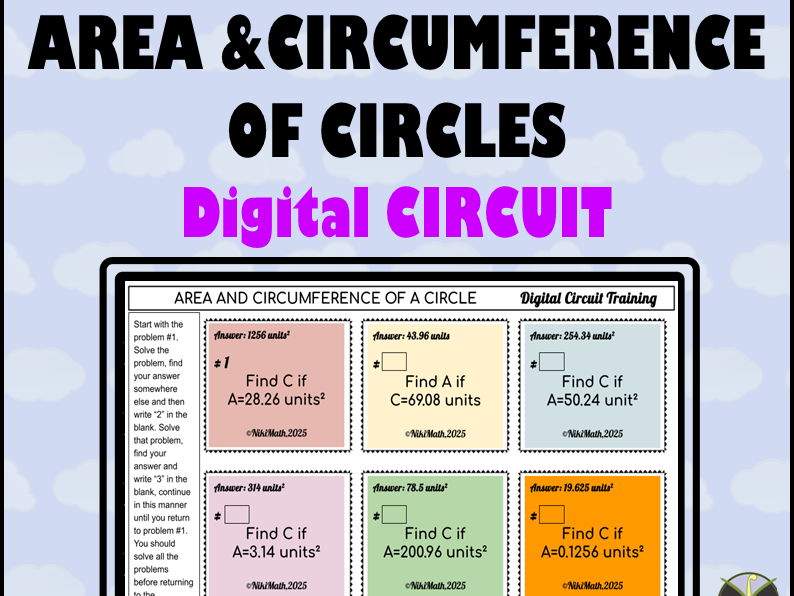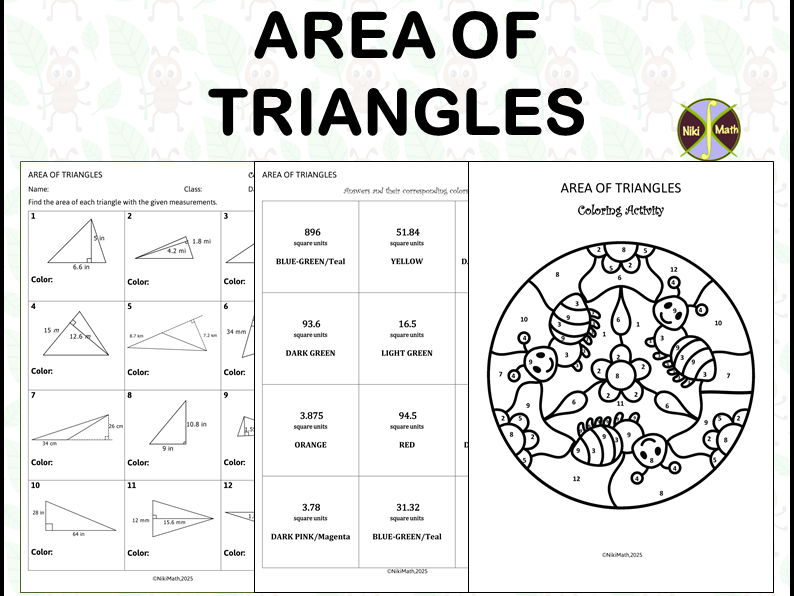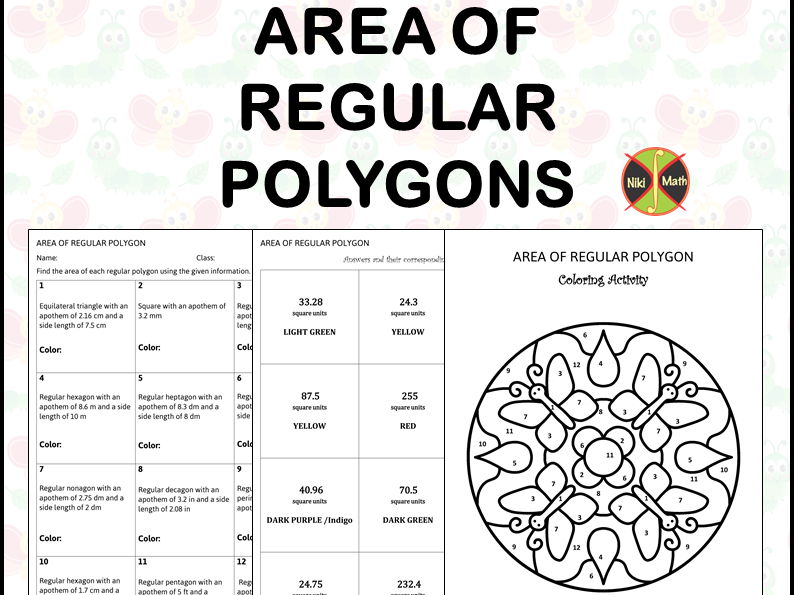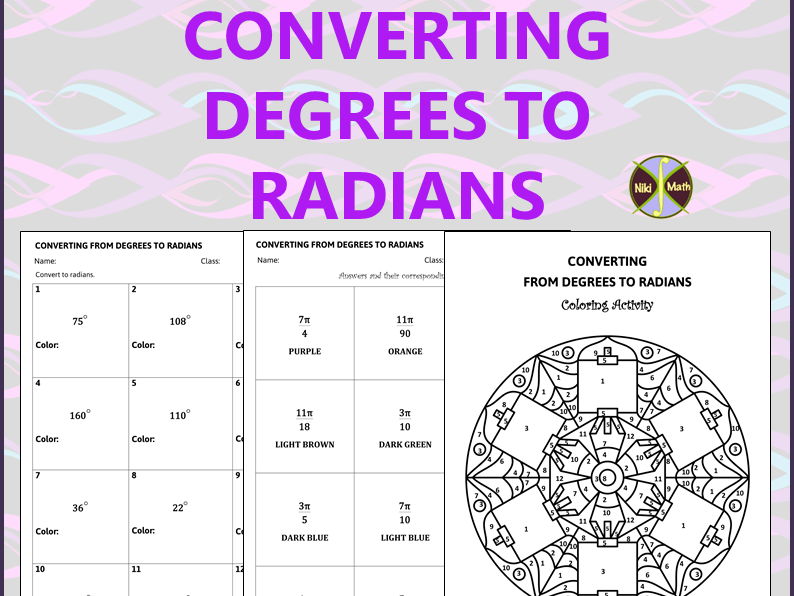Nikimath's Shop
Hello teachers friends! My name is Niki.I have been teaching mathematics for over 25 years. My subjects are Algebra through Calculus 3 along with Geometry, Trigonometry and Differential Equations. My passion is to create engaging fun and rigorous math resources of high quality for teachers and students. My products include partner and group activities, matching activities, color by code, mazes, puzzles, circuits, multiple-choice games, etc. I am certified to teach Physics as well.



